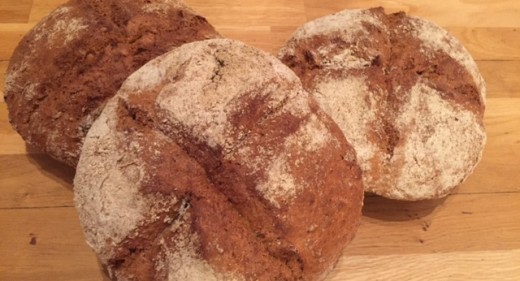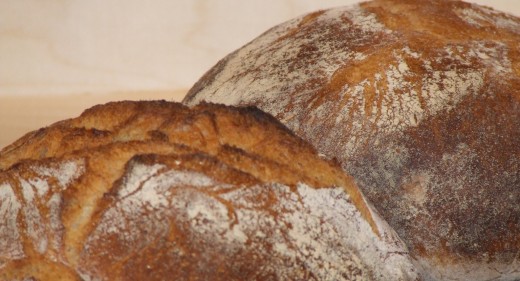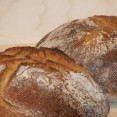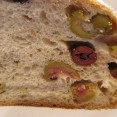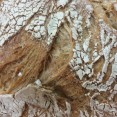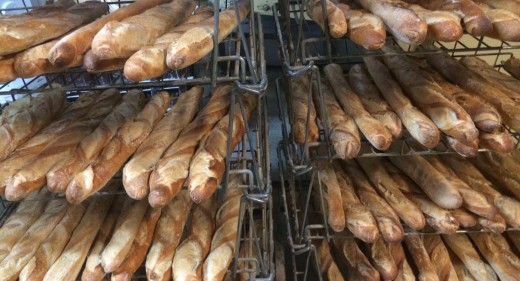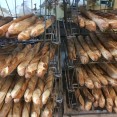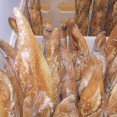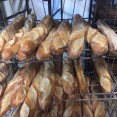From the Emerald Isle, Irish soda bread remains an international favourite with a strong sense of history. The recipe isn’t as old as others and its traditional recipe has not been around for thousands of years.
Soda bread wasn’t primarily invented in Ireland but the country has become the automatic country associated with it. As a key ingredient in Irish soda bread, bicarbonate of soda was first introduced to Ireland around the 1840s. The bread was originally produced using the most basic of ingredients: flour, baking soda (which is used as a leavening agent instead of yeast), soured milk and salt. During this era the key ingredients for making Irish soda bread were the most basic and cheap ingredients meaning that it was accessible to make by most Irish households.
It wasn’t popularity but necessity that lead to the adoption of soda bread becoming a household and daily staple. All around Ireland, various types of soda bread were created. The Northern Irish province of Ulster are known for their wholemeal version called wheaten bread, whereas the county of Fermanagh formed white flour soda bread known as fadge.
Irish soda bread is soft textured cake-like bread that rises due to the reaction of buttermilk and baking soda. With its filling, wholesome and satisfying taste and texture it can be eaten during any and every meal.
Did you know?
– The concept of using soda to leaven bread was started by Native Americans centuries ago using pearl-ash or wood ashes
– The cross seen on the top of the baked Irish soda bread was to ward off evil and protect the family and home
– Others argue the cross was made to easily divide the bread into 4 pieces
– Most families during this time had kitchens with only open hearths not ovens. Bread was baked on griddles or in cast-iron pots (a bastible) over turf fires.
– Traditionally Irish soda bread does not have sugar, fruit or seeds
Families and artisan bakers have carried the tradition of Irish soda bread down generation by generation. It’s features and distinctive aroma and taste is unique to the country and has become a beloved favorite internationally. Its characteristics include a tangy crunchy delightful crust and a tender, light and mouthwatering crumb.
Customers can enjoy Irish soda bread with citrus marmalades, a nice hot stew, a hearty sandwich or simply with butter. Ireland remains the heartland of soda bread and customers can enjoy this beloved bread at any time and any place.
Provide your customers and guests with the ultimate artisan experience. Dolce Forno deliver authentic Irish soda bread similar to ones you find in Ireland to cafes, venues and restaurants within Hertfordshire, St Albans, Surrey, Berkshire, London and Buckinghamshire.
Contact us today to arrange a FREE sample tray of our artisan breads or pastries. Call our team at Dolce Forno Breads on 01727 762 456 or alternatively email contact@dolceforno.co.uk to find out more.

